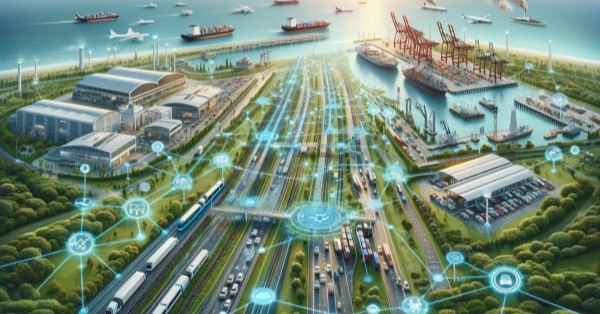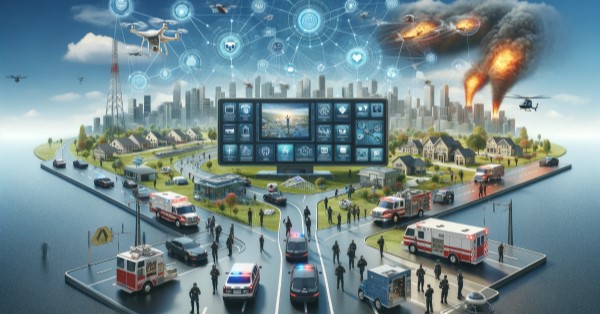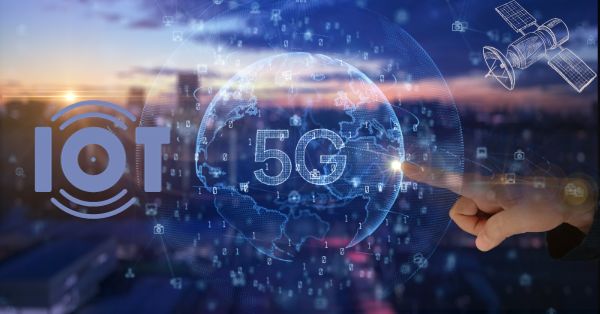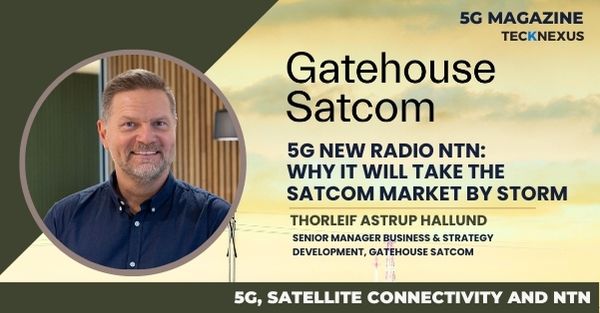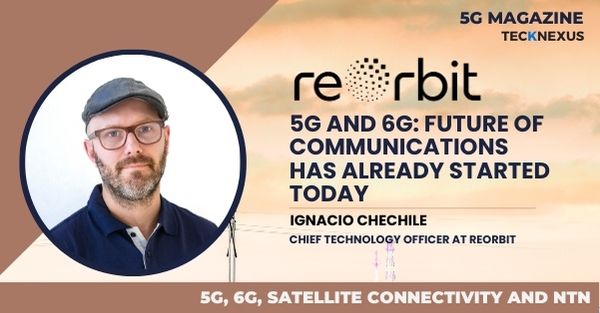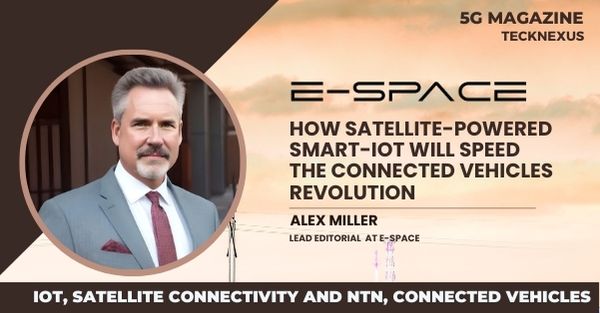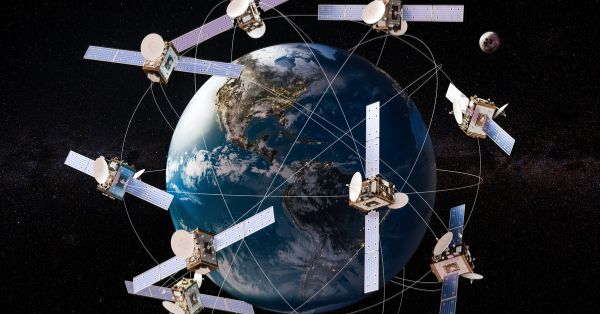The advent of 5G Non-Terrestrial Networks (NTN) ushers in an era of unprecedented connectivity, enabling high-speed, low-latency communication across the globe. However, along with the potential benefits, this also brings forth significant challenges related to security and privacy. Security and privacy are paramount to successfully deploying and operating 5G NTN, as these networks will carry a vast amount of sensitive data, ranging from personal information to crucial business data. Therefore, protecting this data from unauthorized access and breaches is paramount.
Key vulnerabilities in 5G NTN include its wide geographical coverage, complexity, and heterogeneity of network elements. Moreover, the inherent characteristics of wireless transmission make it susceptible to various threats, such as signal interception and interference. Furthermore, the global nature of 5G NTN makes it challenging to implement a consistent security policy due to variations in regulations and standards across different countries. To address these challenges, it is essential to develop and implement robust security measures that protect the integrity, availability, and confidentiality of data and ensure the network’s resilience against various threats. This involves adopting advanced cryptographic techniques, secure network protocols, intrusion detection systems, and other cybersecurity technologies.
Security Challenges in 5G Non-Terrestrial Networks
The promise of global coverage and ubiquitous connectivity of 5G NTN also brings forth an array of security threats and challenges that must be addressed effectively.
Signal Jamming – One of the significant threats is signal jamming, where malicious entities disrupt the communication between the satellite and the ground station by emitting interfering signals. This could severely impact the performance and reliability of the network.
Spoofing – Spoofing is another major threat wherein attackers fake the identity of a legitimate network element to deceive users or other network elements, potentially gaining unauthorized access to sensitive data or causing service disruptions.
Eavesdropping | Signal Interception – Eavesdropping or signal interception is also a major concern in 5G NTN due to the open nature of wireless communication. Attackers can potentially intercept and decode the signals transmitted between satellites and users, thereby gaining access to the data being transmitted.
Cyber-attacks on Critical Infrastructure and Services – Lastly, as more critical infrastructure and services rely on 5G NTN, these networks become attractive targets for cyber-attacks. Attackers may aim to disrupt network operations, compromise network security, or cause damage to the satellite infrastructure.
Addressing these security threats and challenges requires a holistic approach, combining robust technical solutions with effective regulatory policies and user awareness. Only through such comprehensive efforts can we ensure the security and resilience of 5G NTN.
Addressing Privacy Concerns in 5G Non-Terrestrial Networks
Privacy in 5G Non-Terrestrial Networks (NTN) is a major concern that is equally as important as securing the network against cyber-attacks. With the vast amount of data being transmitted over these networks, there is a significant risk of personal and sensitive information falling into the wrong hands.
Data Leakage – One significant privacy concern is data leakage. Given the ubiquitous coverage and the heterogeneity of 5G NTN, data could potentially be exposed at various points in the network. This could occur during data transmission between satellites, between satellites and ground stations, or when data is stored at these stations.
Tracking User Activities – Tracking user activities is another crucial privacy issue. Since satellites in a 5G NTN will have a comprehensive view of the network, they can potentially track the location and activities of individual users. Without proper privacy measures, this could lead to significant privacy intrusions.
Addressing these privacy concerns requires robust policies and technological solutions. This includes implementing strong data protection measures such as data anonymization and pseudonymization. Moreover, using privacy-preserving technologies like differential privacy can help ensure that aggregated data does not reveal individual user information.
Security Solutions for 5G Non-Terrestrial Networks
Securing 5G NTN against various threats requires a layered approach incorporating multiple security solutions.
Encryption Protocols – Encryption protocols form the first line of defense in network security. By encrypting data before transmission, it ensures that even if the data is intercepted, it cannot be understood without the decryption key.
Cryptographic Techniques – Advanced cryptographic techniques, including public key infrastructure (PKI) and quantum cryptography, can be used to enhance the security of data transmission in 5G NTN.
Handover Processes – Secure handover processes are also critical to ensuring the security of 5G NTN. As user equipment moves between different coverage areas, the handover process must be secured to prevent any potential attacks during this transition. This involves authenticating the network elements involved in the handover and ensuring the integrity of the data being transferred.
Intrusion Detection Systems (IDS) – Intrusion detection systems (IDS) play a vital role in identifying potential threats and breaches in the network. By continuously monitoring network traffic, these systems can detect abnormal patterns and raise alerts, allowing for quick responses to potential threats.
AI/ML Enhanced Network Security – Furthermore, advanced technologies like Artificial Intelligence (AI) and Machine Learning (ML) can be leveraged to enhance network security. These technologies can help in the proactive detection of threats, predictive analysis of potential vulnerabilities, and automation of response mechanisms. Overall, ensuring the security of 5G NTN is a complex task that requires the integration of various security technologies, as well as ongoing monitoring and maintenance to adapt to evolving threats.
Future Trends and Research Directions | In Securing 5G Non-Terrestrial Networks
As we continue to advance into the era of 5G NTN, several emerging trends and research directions are expected to shape the landscape of security and privacy. One key trend is the increasing use of AI and machine learning in security. These technologies can be used to detect and respond to threats more quickly and accurately, as well as to predict future vulnerabilities. Another area of research is quantum cryptography. With the potential to provide near-unbreakable encryption, it could significantly enhance the security of 5G NTN. However, the practical implementation of quantum cryptography in satellite networks is still a challenge that requires further research. In terms of privacy, research is ongoing in technologies such as homomorphic encryption and secure multi-party computation, which can allow the processing of encrypted data, thereby preserving privacy while still enabling the benefits of data analysis.
To conclude, security and privacy are critical to the successful implementation of 5G NTN. As these networks become more prevalent, the challenges in maintaining security and privacy will become increasingly complex. However, with ongoing research and international cooperation, we can develop robust solutions to address these challenges. This will enable the full potential of 5G NTN to be realized, providing global, high-speed connectivity while ensuring the security and privacy of users.




